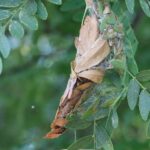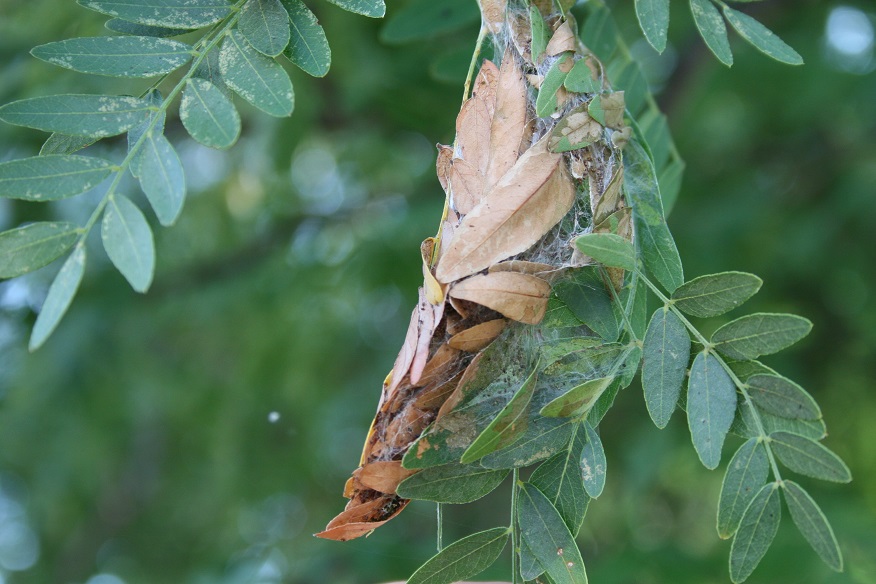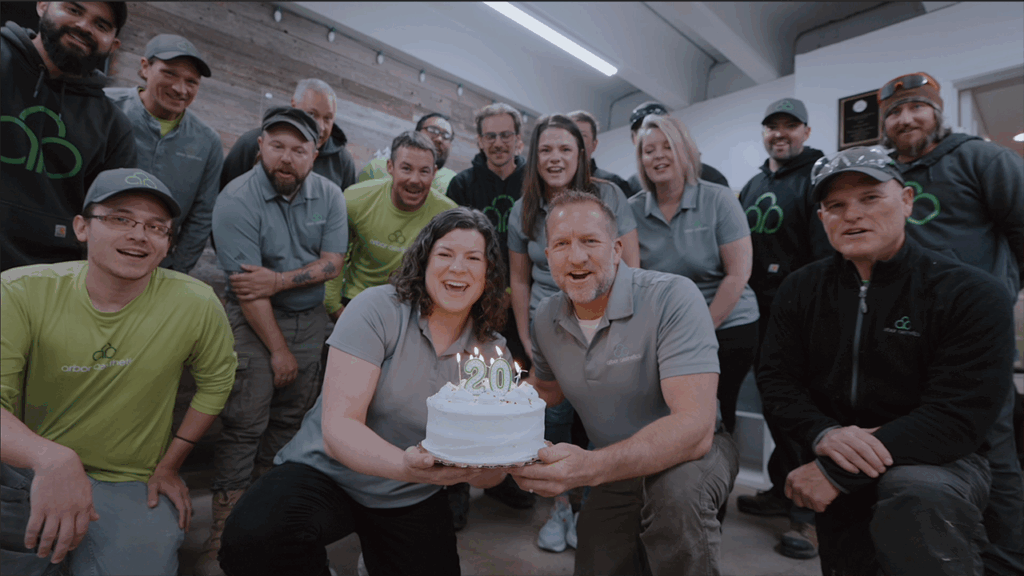Now that the Emerald Ash Borer has made its way to Omaha, homeowners with ash trees have an important decision to make: remove the tree, or preserve the tree. The solution isn’t always simple, and we have conversations with each of our clients, taking into account each of their unique circumstances and needs. During these conversations, we find our clients’ plans fall into one of these four categories:
- Treat the tree indefinitely.
Is the tree in a good location? Is the tree in good health? Not too old, or too young (and easily replaceable?) Does the tree add significant value to your property or hold sentimental value? - Treat the tree to delay its death, with plans to remove it later.
Plant a new tree now so that by the time the ash tree needs to be removed, you have a well-established tree acting in its place. Or perhaps you have several ash trees and cannot afford to remove them all at once. - Remove the tree now.
Take the tree down now if the tree isn’t worth saving or you do not wish to invest in preserving your tree. - Wait until the tree dies, then remove it.
HOLD UP!
Waiting until your ash tree dies may seem like a reasonable solution. You invest no money in its preservation, and might get several more years out of it before you have to say your goodbyes. But please…
DO NOT WAIT UNTIL YOUR TREE DIES TO REMOVE IT!
Dead and dying ash trees quickly become brittle. Experts have found that ash trees, even in early states of decline, are a signifiant liability not only to the homeowner, but to the workers removing the tree.
Trees that display a canopy loss of just 30% should not be climbed. What does this mean for homeowners?
Trees that display a canopy loss of just 30% should not be climbed. What does this mean for homeowners?

DEAD TREES ARE MORE EXPENSIVE TO REMOVE
The longer you wait to remove your tree, the higher the price tag. Healthy trees can be climbed or accessed in a straight forward manner. Dead or dying trees that have become brittle are extremely dangerous to remove and may require expensive equipment, such as a crane. That cost is passed onto the homeowner.
Oftentimes, the cost of tree removal isn’t based on the tree’s size alone. It is based on the tree’s location and accessibility, the amount of material being hauled away, and the risk associated with removing it. Is the tree near a structure? Does the tree pose a great-than-average risk to the workers removing it?
Oftentimes, the cost of tree removal isn’t based on the tree’s size alone. It is based on the tree’s location and accessibility, the amount of material being hauled away, and the risk associated with removing it. Is the tree near a structure? Does the tree pose a great-than-average risk to the workers removing it?
SAVE MONEY; SAVE A TREE CARE WORKER
Tree removal is a risky business. In 2016 alone, 92 fatalities were reported to the Tree Care Industry Association. This number has increased every year since 2013, and it is no coincidence that as EAB sweeps across the U.S., dead and dying ash trees are changing the scene and increasing risk for tree care companies and their workers.
This risk is not limited to the tree care company – it could extend to the homeowner, as well. That’s why it is ESSENTIAL that the tree care company you hire carries liability insurance AND worker’s compensation insurance, so that if an injury or fatality were to occur, you are protected. Always ask to see current insurance certificates before hiring a tree care company, and understand that a company providing a low-ball bid may not be adequately covered by insurance. If you are collecting bids and one is significantly lower than the others, consider it a red flag and ask questions.
This risk is not limited to the tree care company – it could extend to the homeowner, as well. That’s why it is ESSENTIAL that the tree care company you hire carries liability insurance AND worker’s compensation insurance, so that if an injury or fatality were to occur, you are protected. Always ask to see current insurance certificates before hiring a tree care company, and understand that a company providing a low-ball bid may not be adequately covered by insurance. If you are collecting bids and one is significantly lower than the others, consider it a red flag and ask questions.
WATCH FOR CANOPY DIE-BACK
One telltale sign of EAB infestation is canopy die-back. Research shows that any tree exhibiting 30% canopy loss or greater will not respond well to treatments, and should be promptly removed to mitigate risk. Here is a handy diagram displaying varying stages of canopy die-back from a Michigan State University study.
You can learn more about EAB and our treatment strategies here.
Remember: Removing your ash tree when it is healthy and not yet exhibiting canopy die-back is your best bet. Save money and save a tree care worker!
You can learn more about EAB and our treatment strategies here.
Remember: Removing your ash tree when it is healthy and not yet exhibiting canopy die-back is your best bet. Save money and save a tree care worker!







